AUA 2025 Annual Meeting
Stay up-to-date with the latest coverage of the AUA 2025 Annual Meeting.
Dr. Brown breaks down the CREST trial results in high-risk NMIBC, highlighting the benefits of combining sasanlimab with BCG.
Dr. Brown discusses the latest TAR-200 data from the SunRISe-1 trial in BCG-unresponsive NMIBC, highlighting CR rates.
Dr. Evan Kovac speaks about his pioneering work with extended reality display technology in urologic surgery and education.
Dr. Canes discusses the formation of the WellPrept delivery platform and how it aims to boost patient education.
Mohummad Siddiqui, MD, discusses his work with the Commission on Cancer and their development on standards of care.
John P. Sfakianos, MD, discusses the history and use of ctDNA in the GU oncology field.
Dr. Sandoval chats with David Ambinder, MD, on the upstaging of cT1b and cT2 tumors to pT3a.
Maximizing Benefits and Minimizing Harm: Reviewing AUA Guidelines on Prostate Cancer Early Detection
Dr. Salami explains how updated guideline approaches shared decision-making in higher-risk groups.Dr. Cheaib discusses outcomes in patients with non-clear cell RCC with tumor thrombus involvement after surgical treatment.
Dr. Avudaiappan compares radical prostatectomy with dose-escalated radiation with ADT for the treatment of prostate cancer.
At the AUA 2025 Annual Meeting, Dr. Guerrero-Ramos highlights the first results from Cohort 4 of SunRISe-1.
Dr. Shore highlights post hoc analyses of ultra-low PSA responses and their correlation with outcomes in the ARANOTE study.
Results of the CREST study show that sasanlimab plus BCG improves EFS compared with BCG alone in high-risk NMIBC.
Drs. Chang and Joyce consider the role that N-803 now plays within the treatment paradigm for BCG-unresponsive bladder CIS.
Drs. Chang, Joyce take a look at QUILT-3.032, including complete responses to N-803 plus BCG in BCG-unresponsive bladder CIS.
Dr. Daneshmand discusses some of the designs and results of ADVANCED-2, PIVOT-006, ABLE-22, and more.
Drs. Ben-David and Joyce evaluate the performance of ctDNA in detecting localized RCC disease recurrence after surgery.
Drs. Ben-David, Joyce share an analysis on recurrence-free survival according to ctDNA status in patients with renal masses.
Dr. Ghoreifi explains how results suggest feasibility with high rates of pathological downstaging and complete response.
Dr. Gomella and Ambinder provide a comprehensive overview of the growing and changing treatment landscape for NMIBC.
Drs. Posadas and Ambinder reflect on the first AUA guideline update for salvage therapy in prostate cancer in over a decade.
Dr. Marc Dall'Era spotlights the results from a phase 2 trial on neoadjuvant niraparib for DDR-deficient localized PCa.
Dr. Samuel Gold shares some perspective on the impact of disease recurrence on HRQoL after radical cystectomy.
Dr. John Gore offers interesting data from the CISTO study, favoring radical cystectomy for recurrent high-grade NMIBC.
Dr. Joseph Jacob shares the latest 1-year durability and PROs related to TAR-200 for BCG-unresponsive high-risk NMIBC.
Dr. Jayram highlights the updates in the ADVANCED-2 study: TARA-002 for patients with high-grade NMIBC.
A recent study evaluated the impact of early withdrawal of upfront ARSIs on clinical outcomes in patients with mCSPC.
Most patients in EMBARK recovered testosterone after treatment break, regardless of therapy or age.
Patients with mRCC and primary resistant disease to nivolumab plus ipilimumab have worse survival outcomes.
CN may improve OS for patients with metastatic nccRCC compared with systemic therapy alone, especially when combined with IO.
Patients with ARPI-treated mCSPC and BRCA1/2 alterations experienced higher rates of disease progression.
Global shortages of BCG have led to the exploration of alternative therapies for HR non-muscle invasive bladder cancer.
A research analysis evaluated tumor-informed ctDNA analysis versus traditional imaging techniques for localized RCC.
Pre-op ctDNA in localized RCC is linked to aggressive tumor features and worse RFS, highlighting its prognostic potential.
Consolidative surgery after EVP shows feasibility and strong pathologic response rates in advanced urothelial carcinoma.
[68Ga]-FAPI-PET/MRI and [18F]-FDG-PET/CT share similar diagnostic accuracy for tumor staging in patients with MIBC.
Focal therapy may be feasible in select men with GG4 prostate cancer, showing similar success rates to GG2/GG3 disease.
Research sheds light on the patient-reported outcomes from a 3-year focal therapy program for localized PCa using HIFU.
Hemi-gland cryoablation and HIFU provided acceptable and eminent functional outcomes in patients over a 5-year follow-up.
Histologic subtype did not significantly affect 5-year cancer-specific survival after robotic partial nephrectomy for RCC.
Patients with ccRCC and nccRCC with tumor thrombus have similar survival outcomes after surgical resection.
Interim data may support the use of light-activated TLD-1433 photodynamic therapy for patients with BCG–unresponsive NMIBC.
N-803 plus BCG delivers sustained complete responses and high PFS in BCG-unresponsive bladder CIS, 2025 AUA data show.
Dr. Roberto Contieri presented on the safety, tolerability, and efficacy of neoadjuvant mitomycin C in patients with NMIBC.
GU Oncology Now delivers the latest news in clinical trials, conference coverage, and more, highlighting advancements in genitourinary oncology treatments and tech.
Get conference updates straight to your inbox.
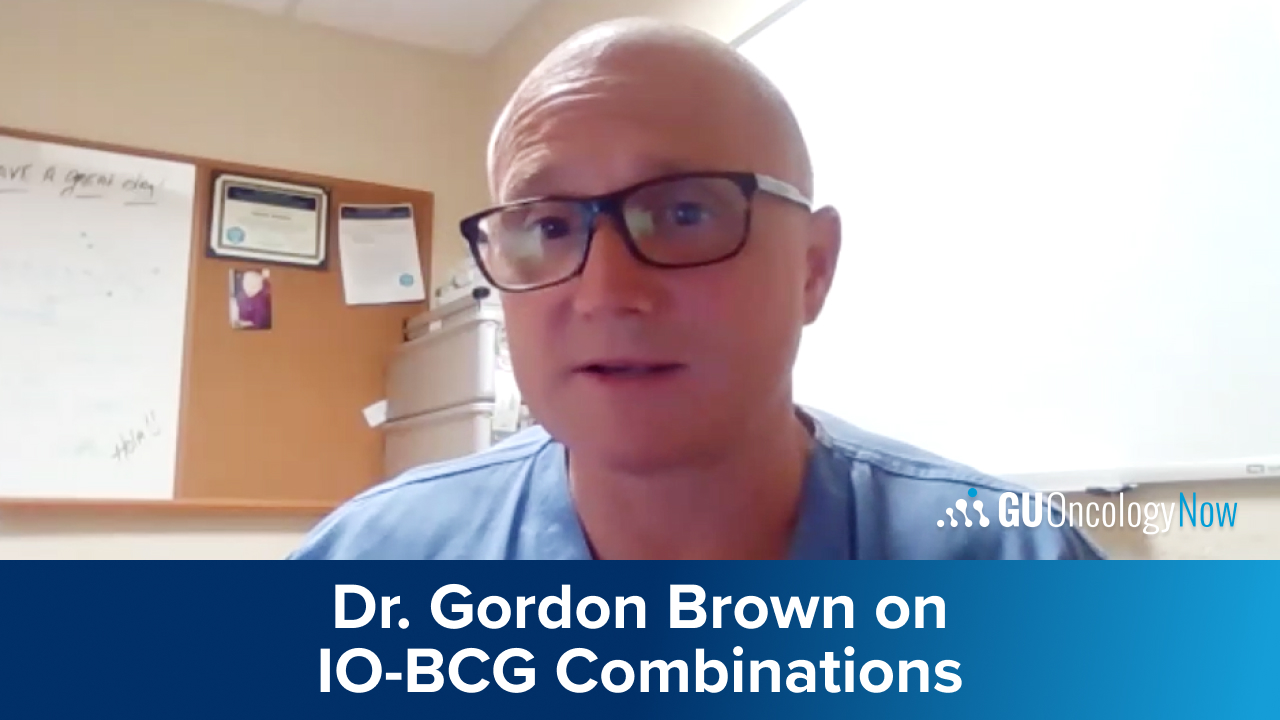
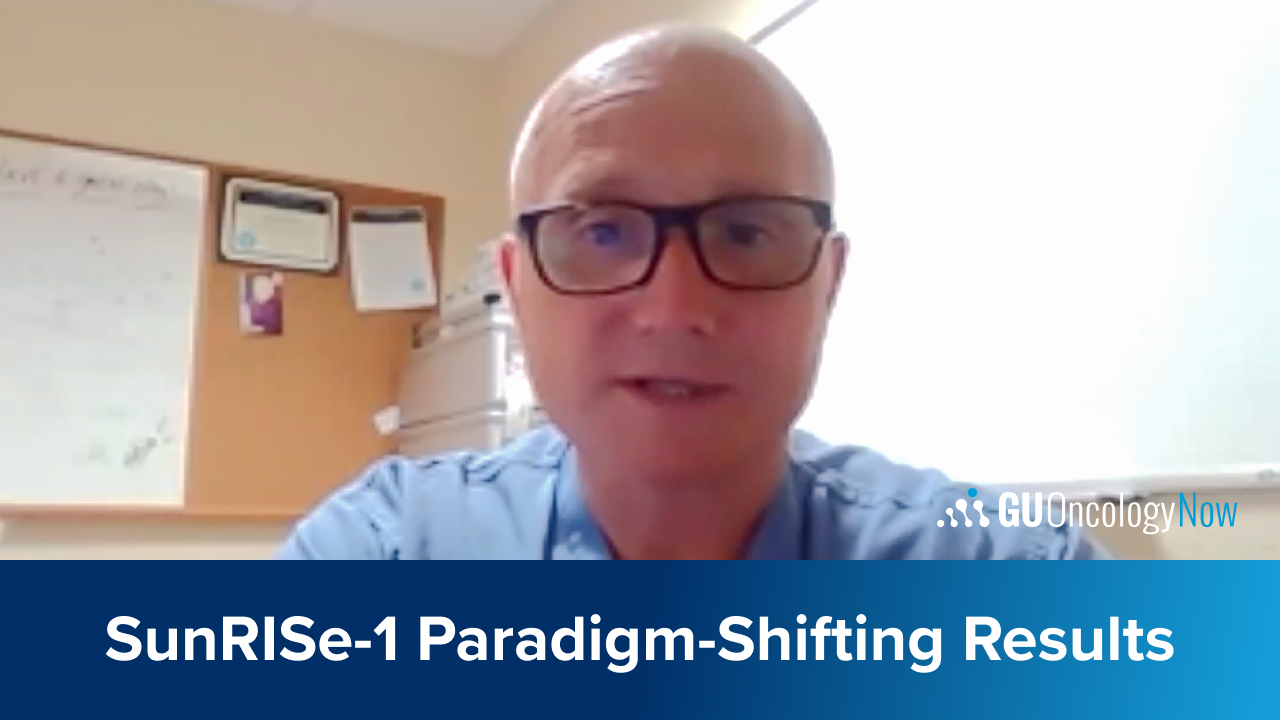


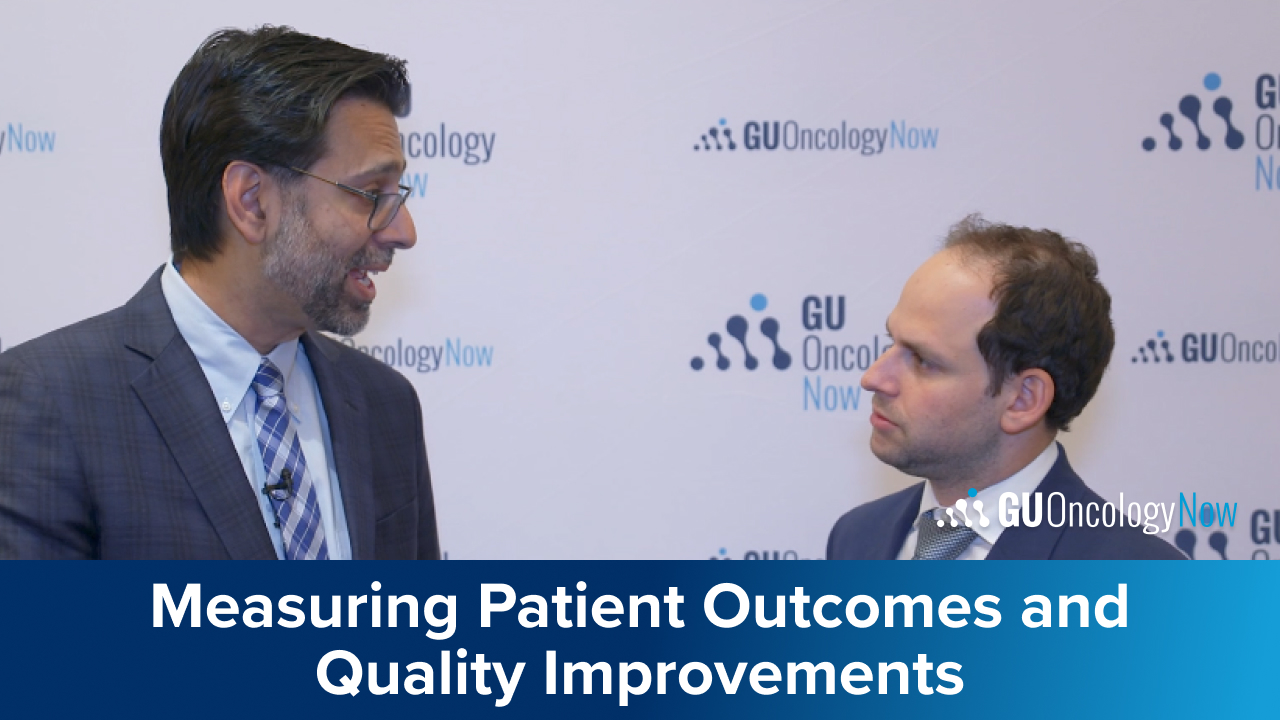

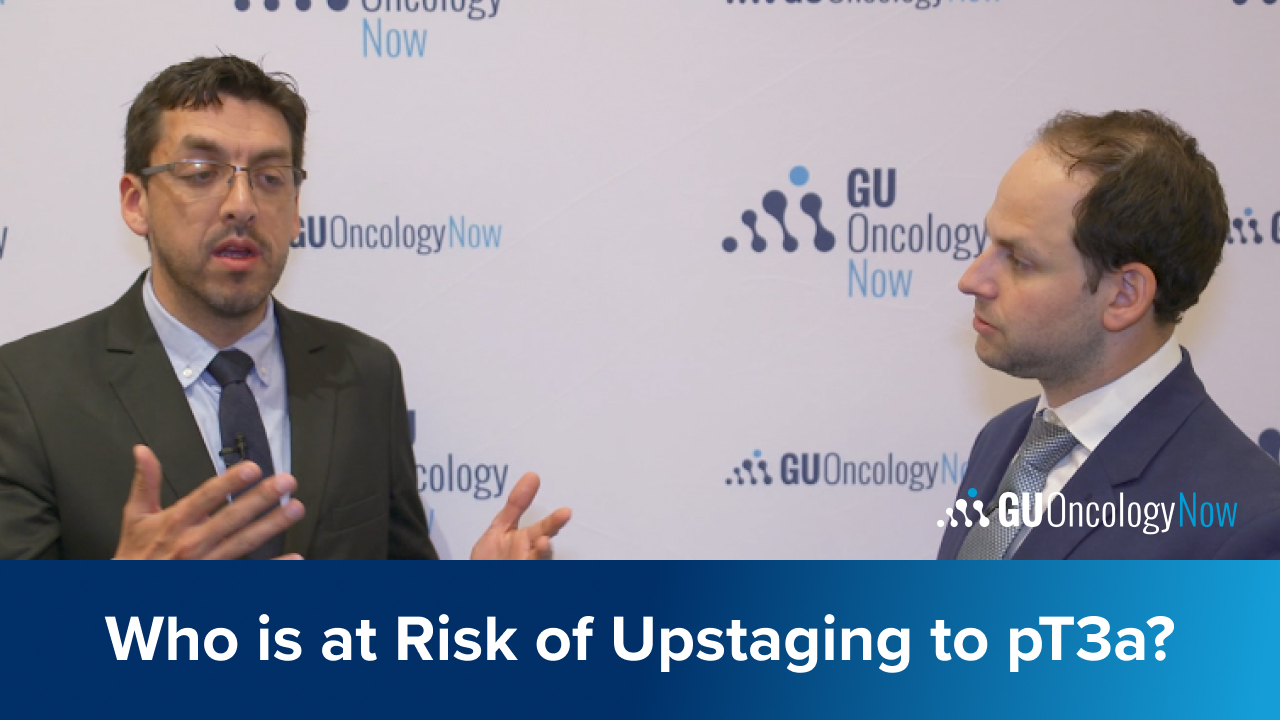
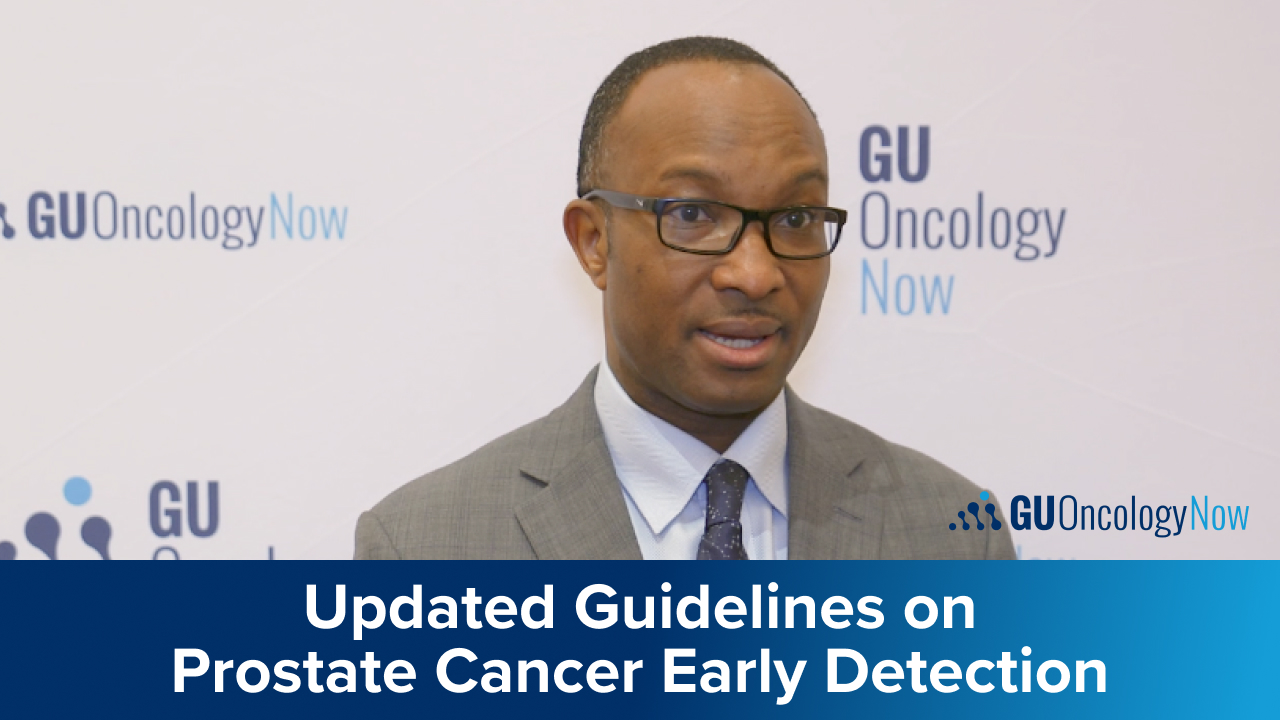

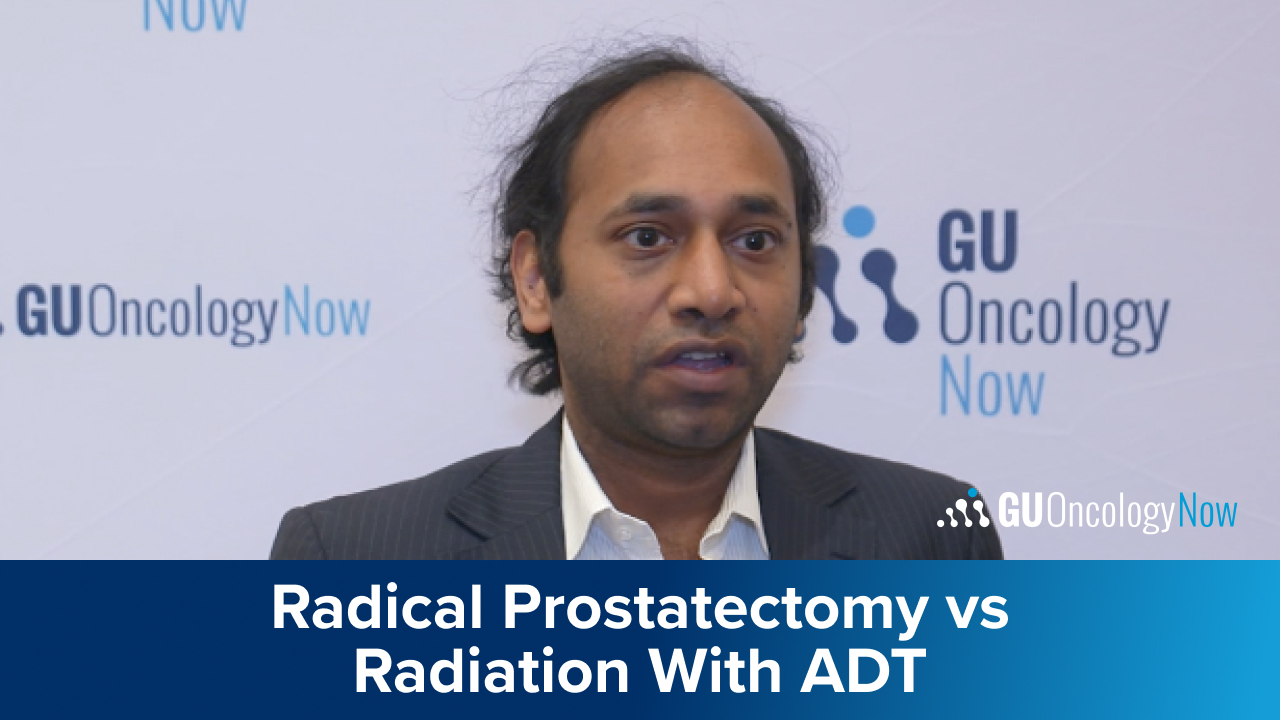

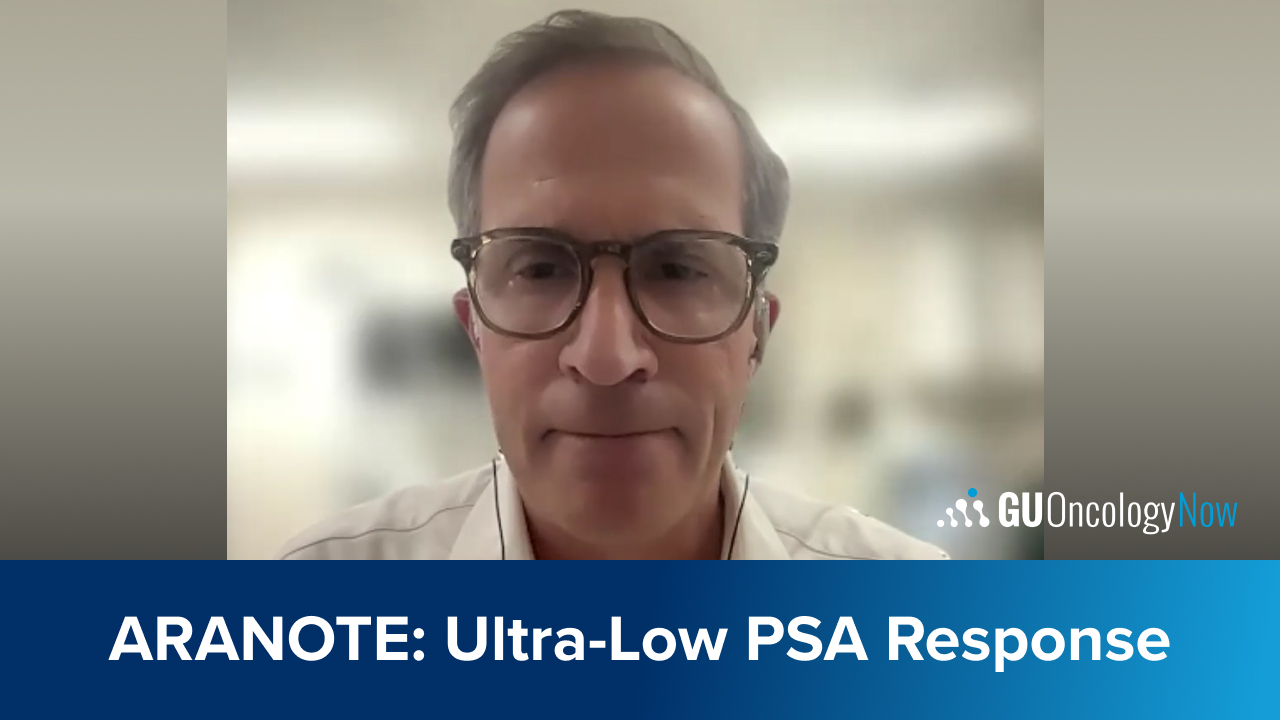
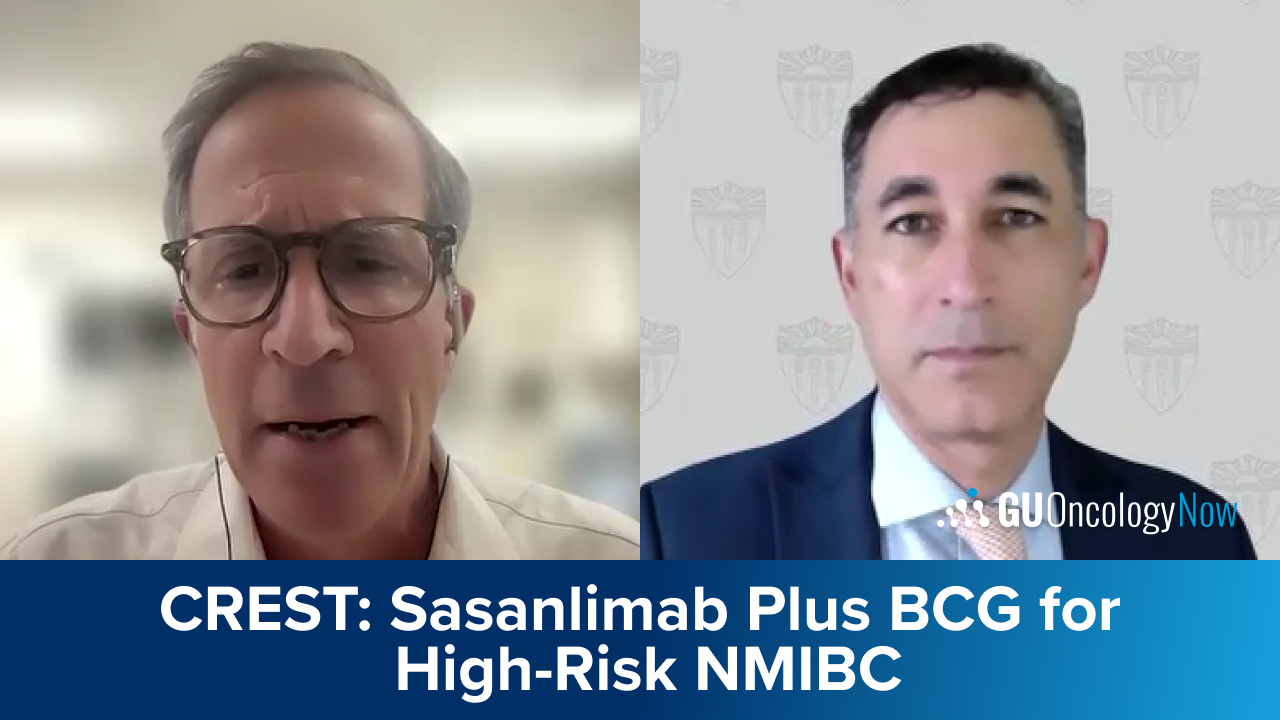
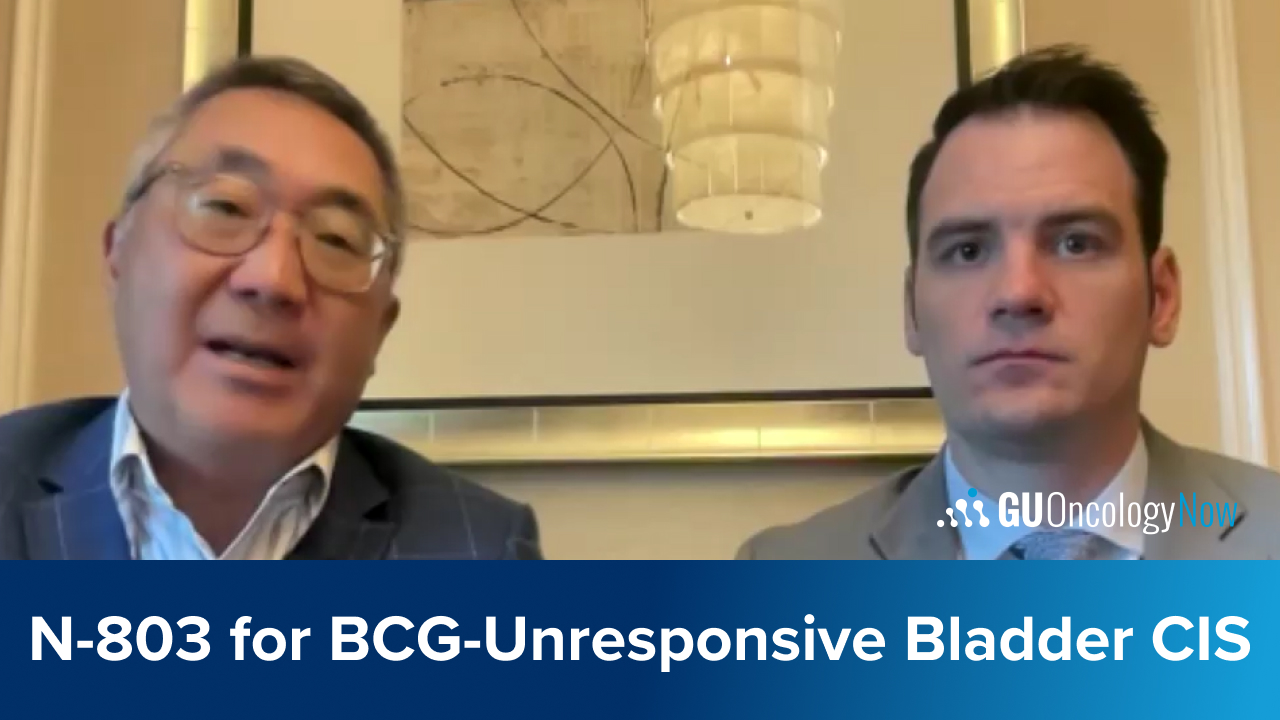
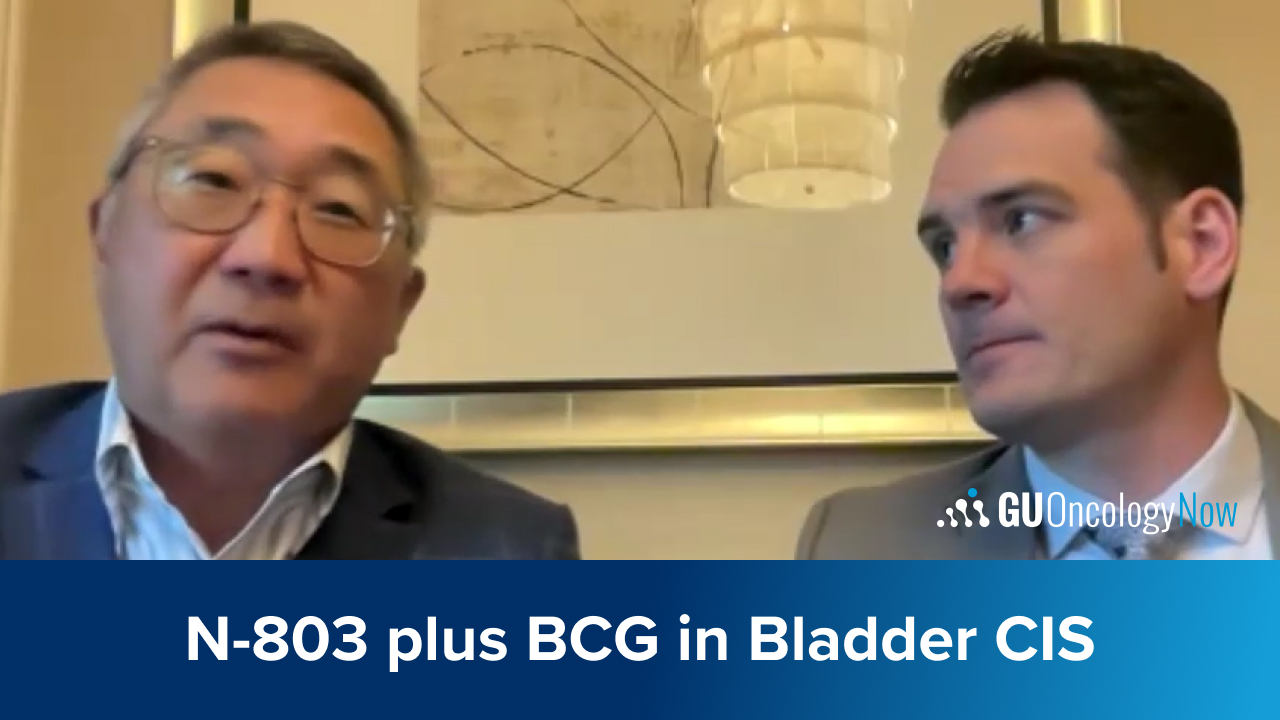
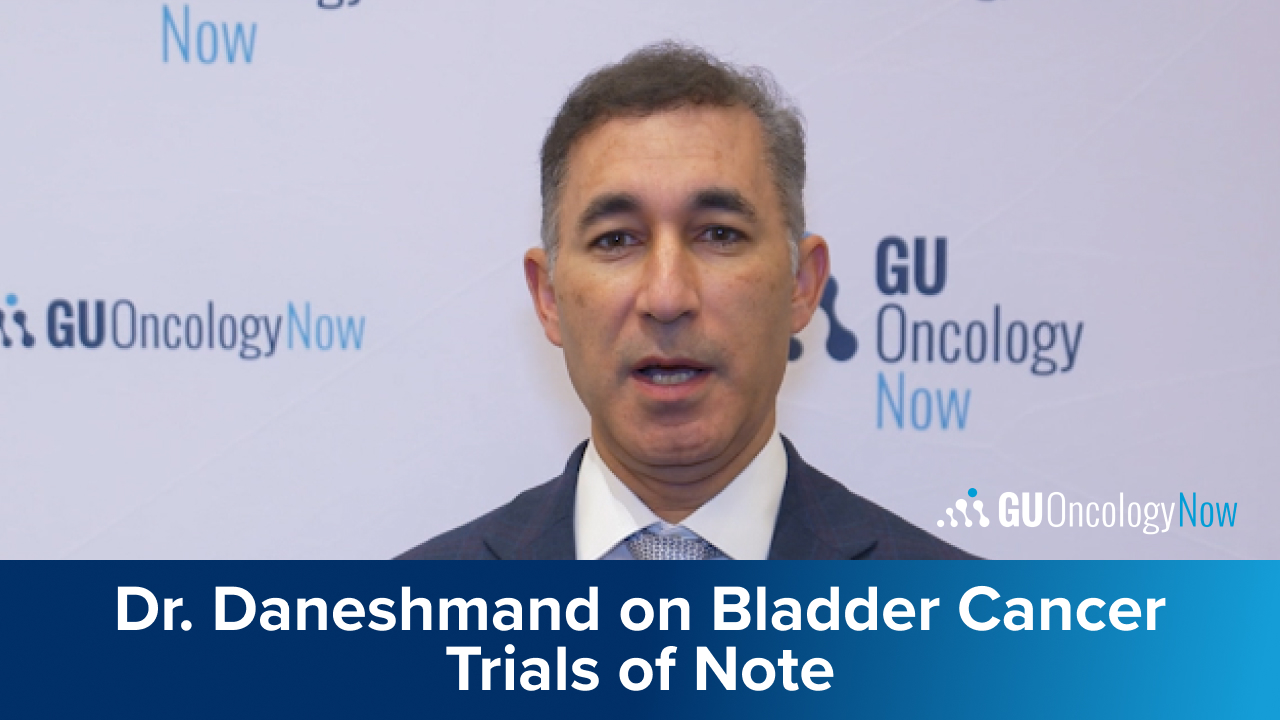
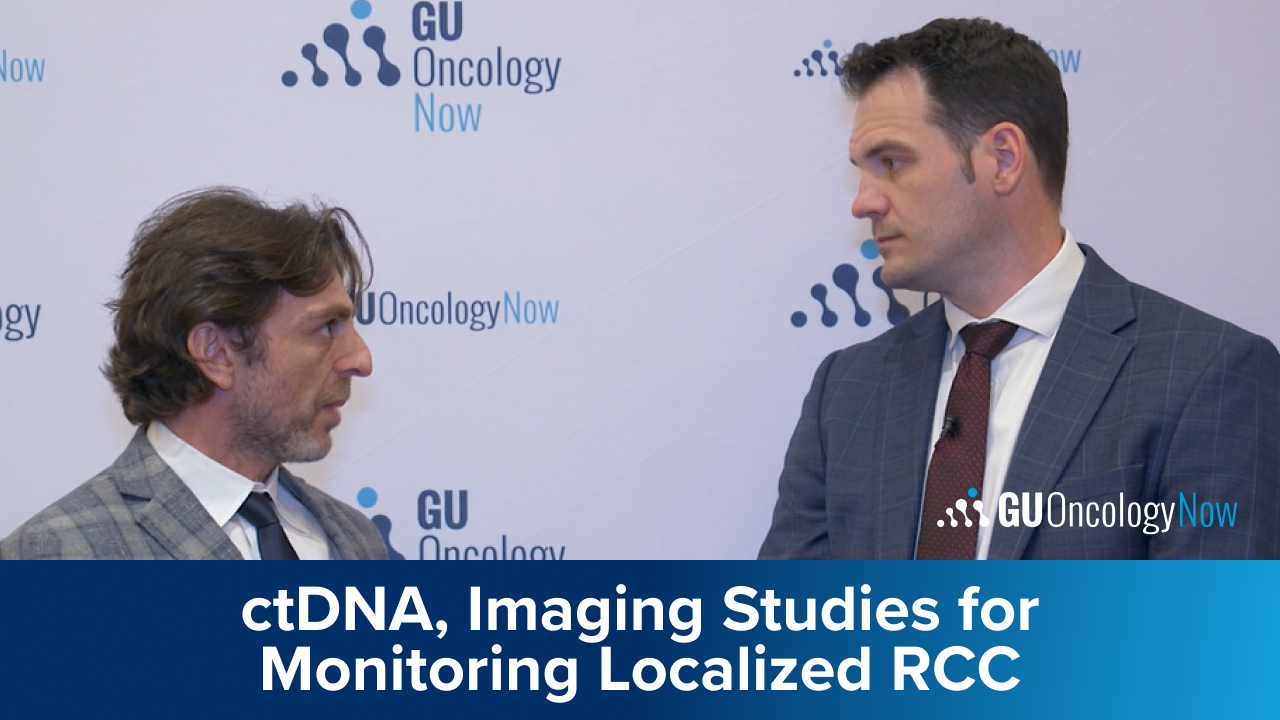
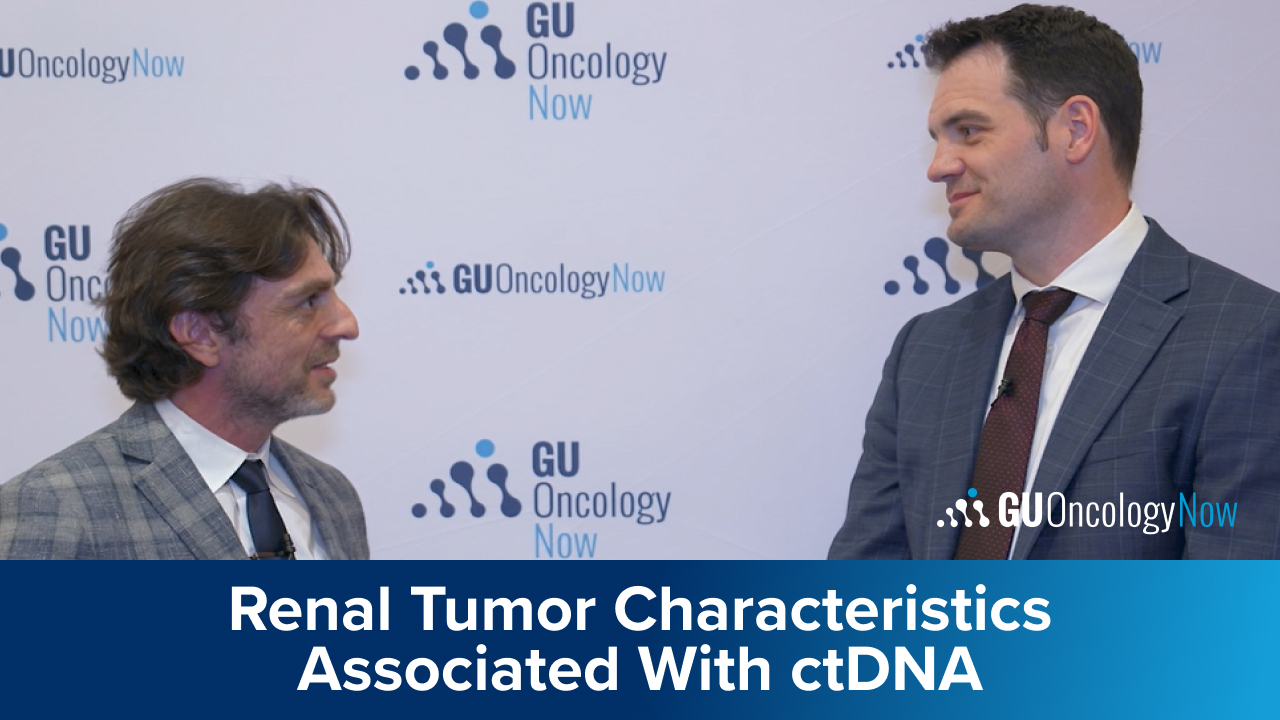
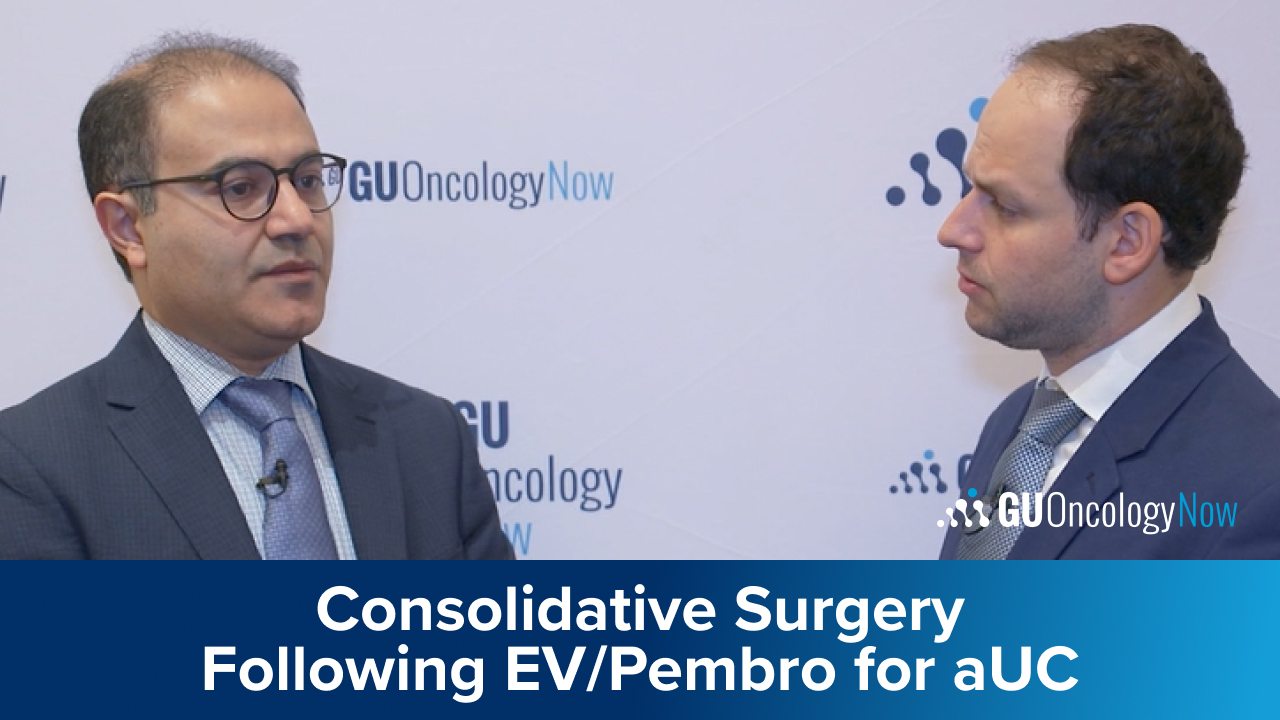
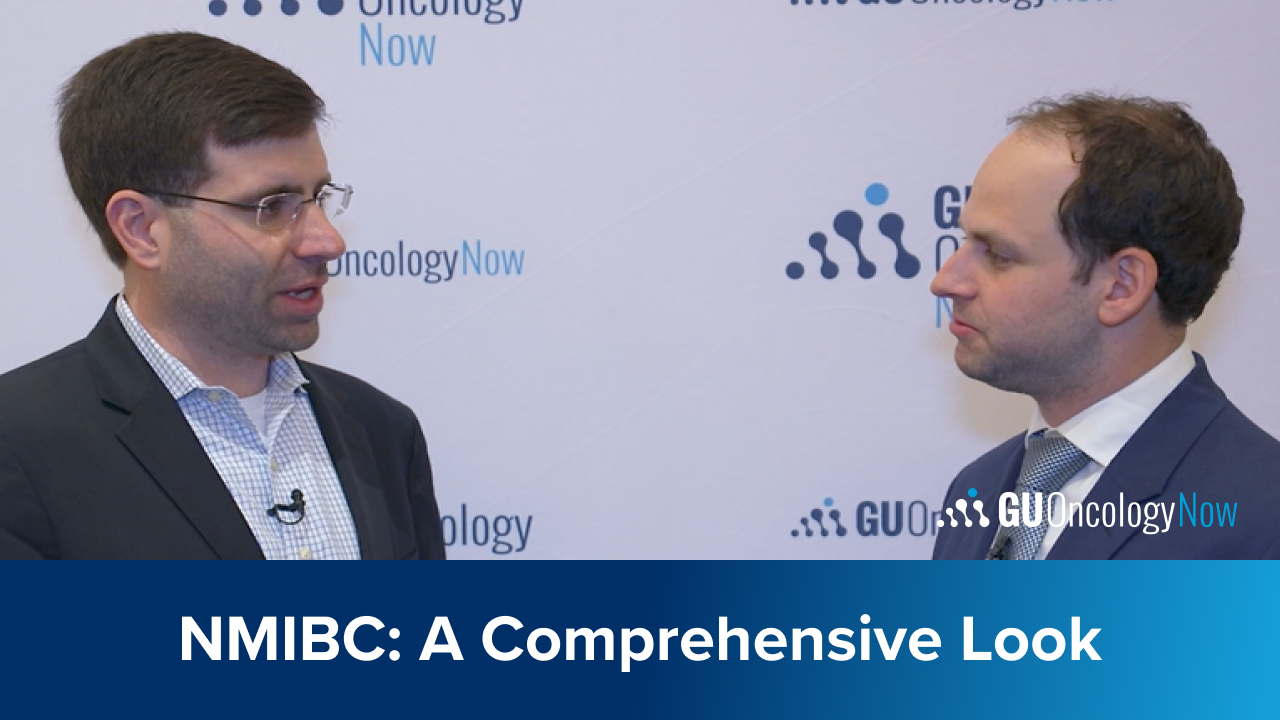
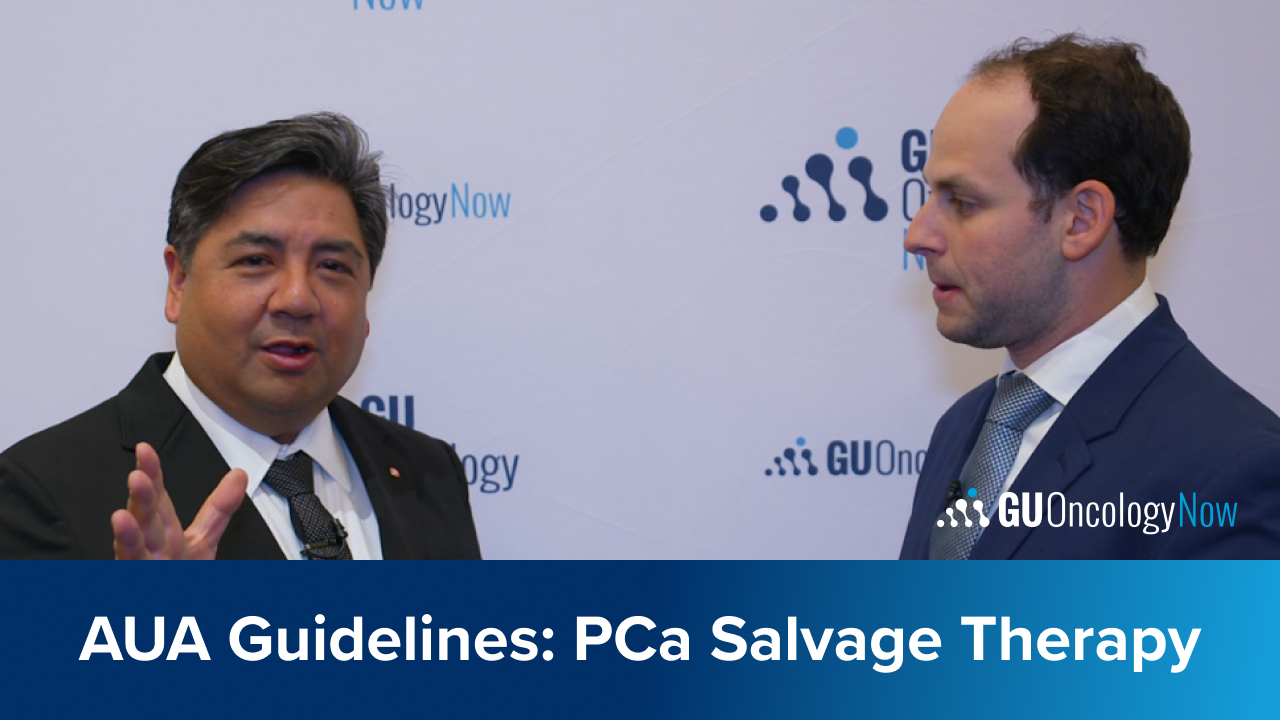
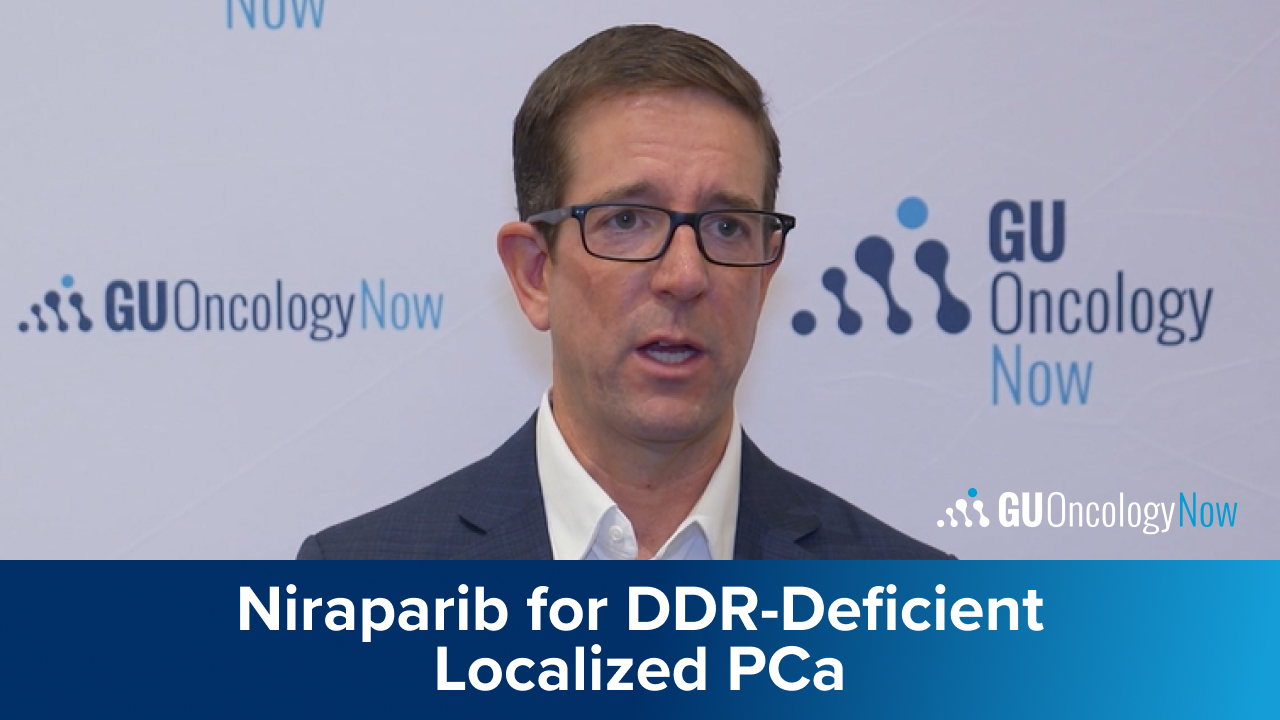
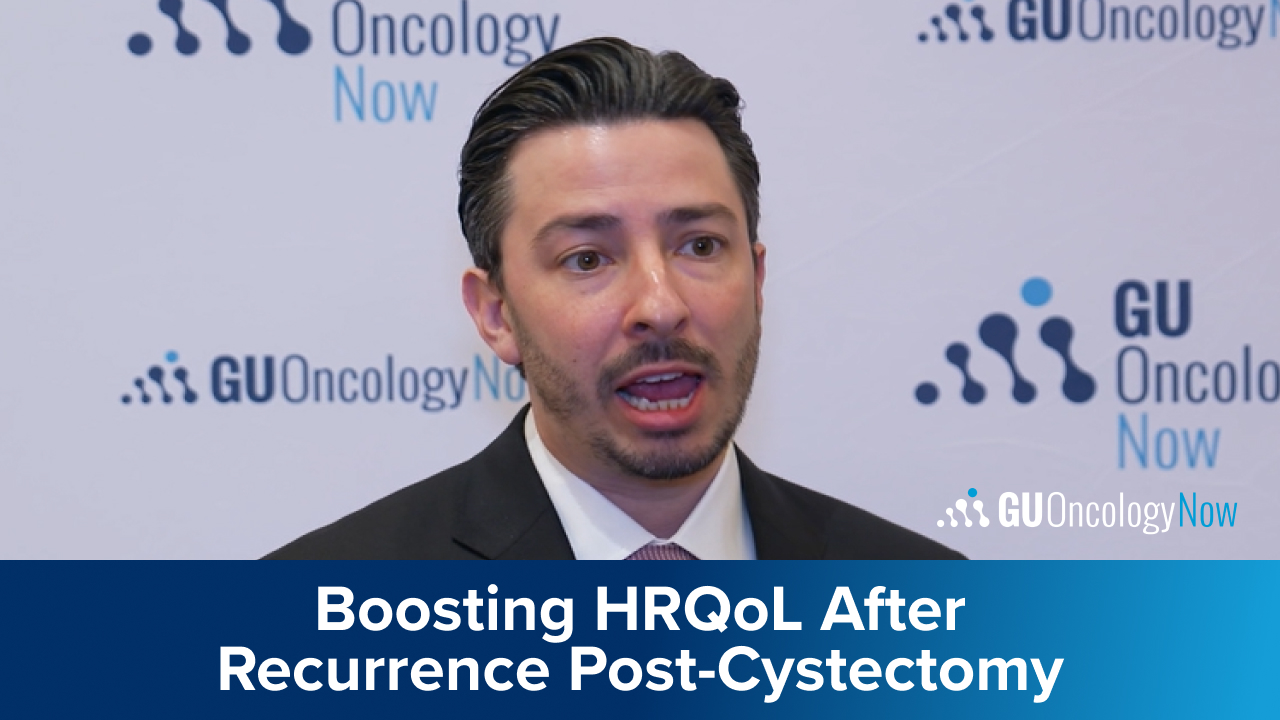


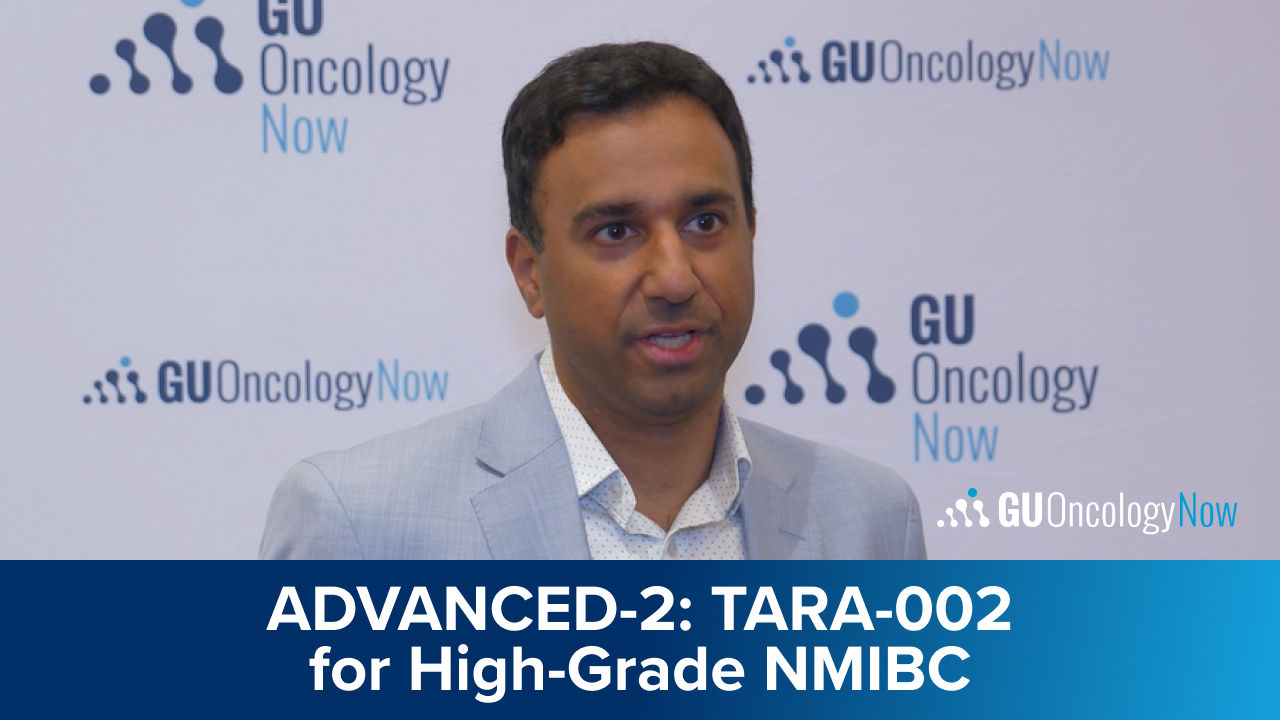
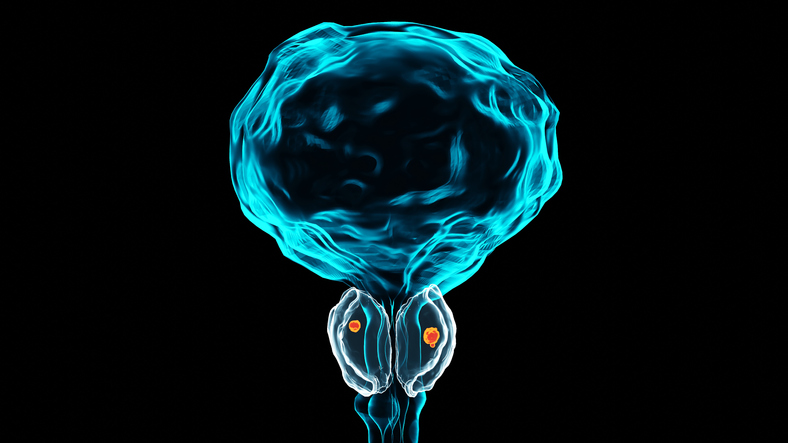

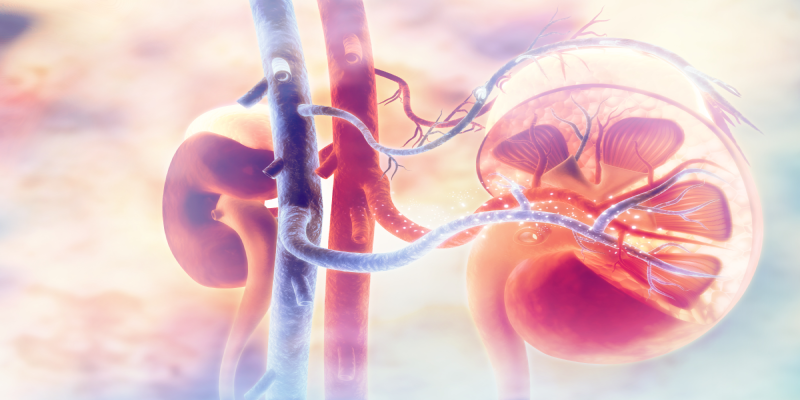
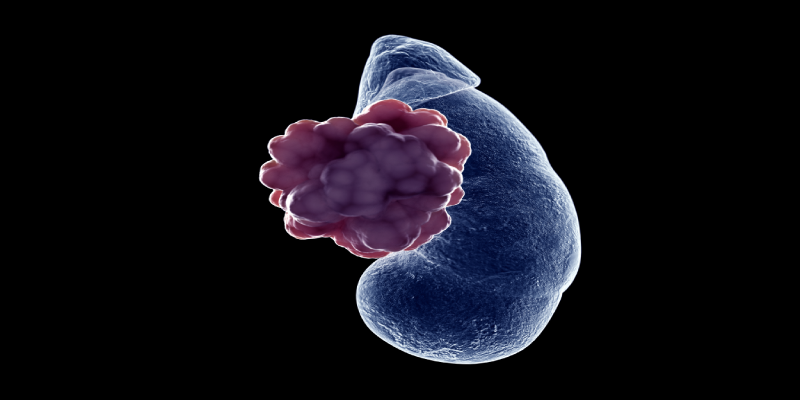














 © 2025 Mashup Media, LLC, a Formedics Property. All Rights Reserved.
© 2025 Mashup Media, LLC, a Formedics Property. All Rights Reserved.